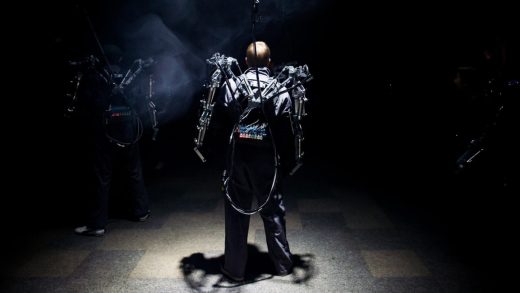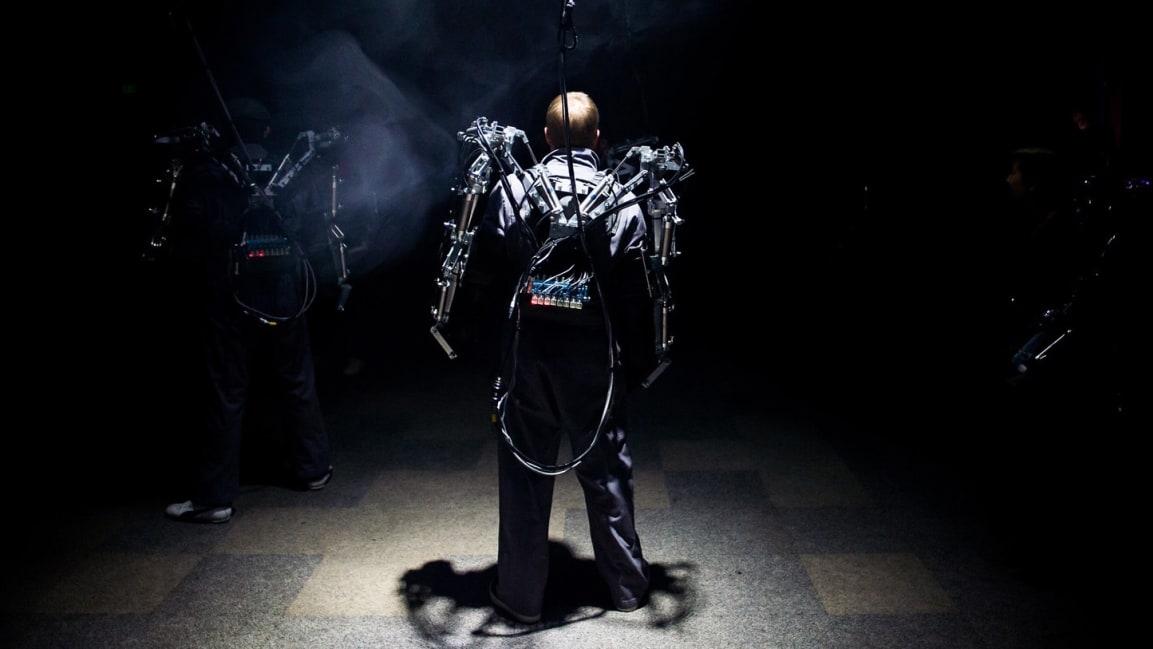This San Francisco arts organization is not afraid to challenge its tech-world neighbors
Growing up in the desert, the daughter of a single working mother, Josette Melchor didn’t visit a museum until she was 17 years old. But from the very moment she set foot inside San Diego’s Contemporary Art Museum, she knew she wanted to devote her life to art. “I kind of had my mind blown,” she recalls. “I had the thought that artists could see the future.”
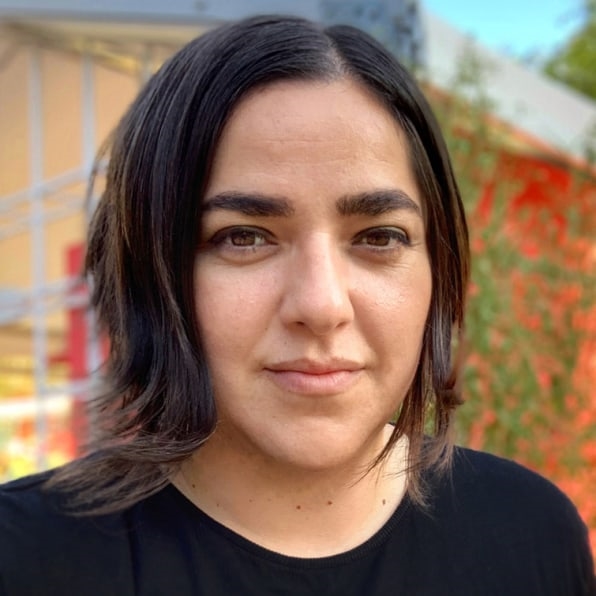
[Photo: courtesy Gray Area]
Melchor was still a teen when, as a 19-year-old art school student, she used her own savings to lease a warehouse with a group of friends in Los Angeles to produce music shows and exhibit the work of local artists. Three years later, she headed to San Francisco, first opening a location in the SoMa district, then renovating a former porn theater to create a digital art gallery in the Tenderloin and launching her nonprofit Gray Area.
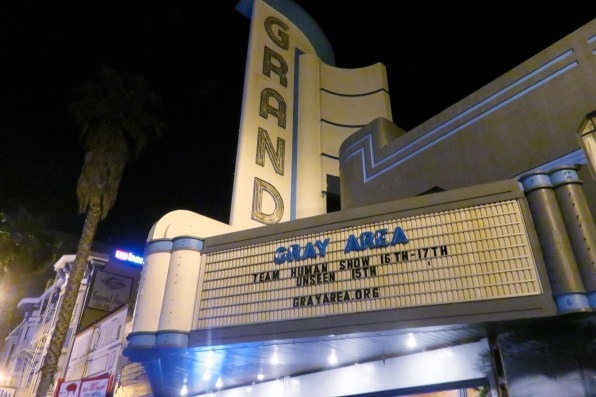
[Photo: Flickr user Fabrice Florin]
Now occupying the former Grand Theater in the city’s Mission District, Gray Area continues to work at the intersection of art and technology to provide educational opportunities and studio spaces for residents in the increasingly gentrified neighborhoods of San Francisco. For example, Melchor’s organization helped raise $1.5 million for victims of the 2016 Oakland Ghost Ship fire.
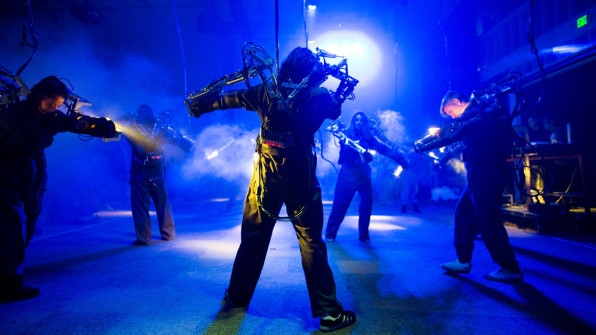
Melchor, who identifies as “a community organizer, curator, entrepreneur, DJ, and queer Mexican woman,” helped launch an artist-in-residence program at Google and partnered with Autodesk to produce the Urban Prototyping Festival. She also launched the annual Gray Area Festival, which features experimental works from artists such as Thom Yorke, Sophie Kahn, and Taurin Barrera. Last summer, Gray Area hosted the exhibit Inferno, by artists Louis-Philippe Demers and Bill Vorn, where attendees donned robotic exoskeletons that made them dance. A few years ago, during the 2015 F.A.T. Gold San Francisco Exhibit (hosted and produced by Gray Area, sponsored by the National Endowment for the Arts, and curated by Lindsay Howard) the poop artist Katsu created a portrait of Eric Schmidt out of feces and called it “Eric Shit.”
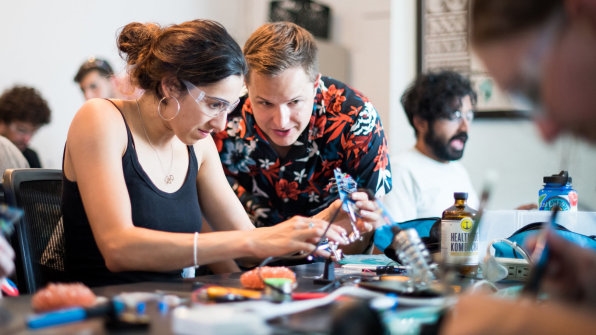
“The reason it’s called Gray Area is that there’s really not a better way for us to describe artists using technology as a medium,” Melchor says. “There is a really big dichotomy between the two industries, and so Gray Area plays this role of cultural development and cross-sector collaboration and innovation.”
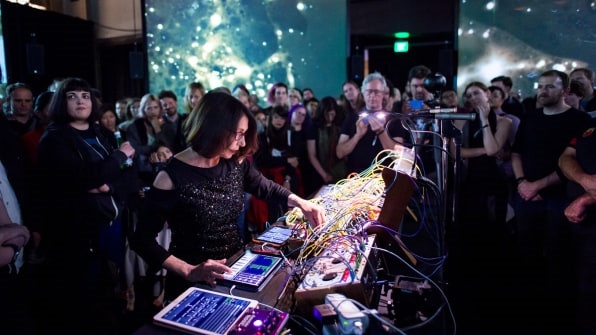
She says that she aims to use challenging art “to start conversations between artists and technologists criticizing the tech industry,” citing another part of the Gold San Francisco Exhibit, where F.A.T. Lab artists put up digital images of Facebook’s CEO outside the theater, emblazoned with the phrase “Rest in peace, Mark Zuckerberg.”
“People walking by thought we were throwing a Facebook event,” she says.
Melchor relishes being at the vanguard of community art and technology. As she notes, “There are not a lot of organizations that are set up to do that.”
(24)

